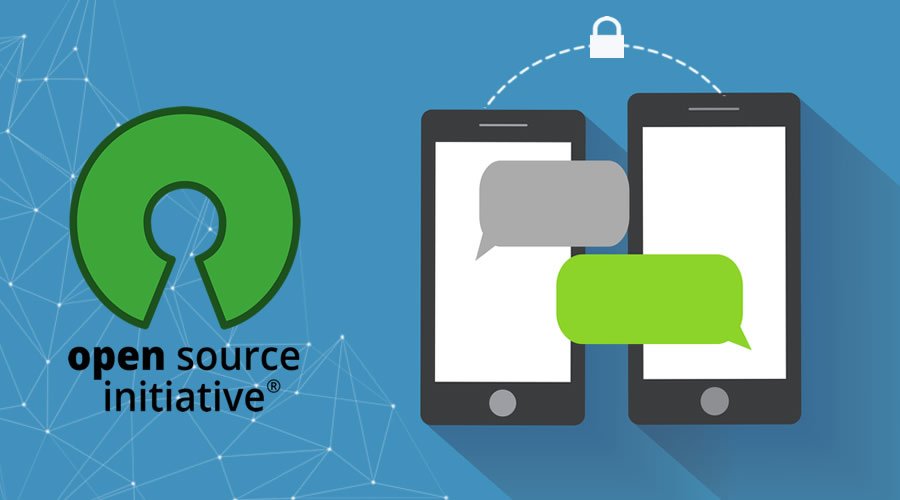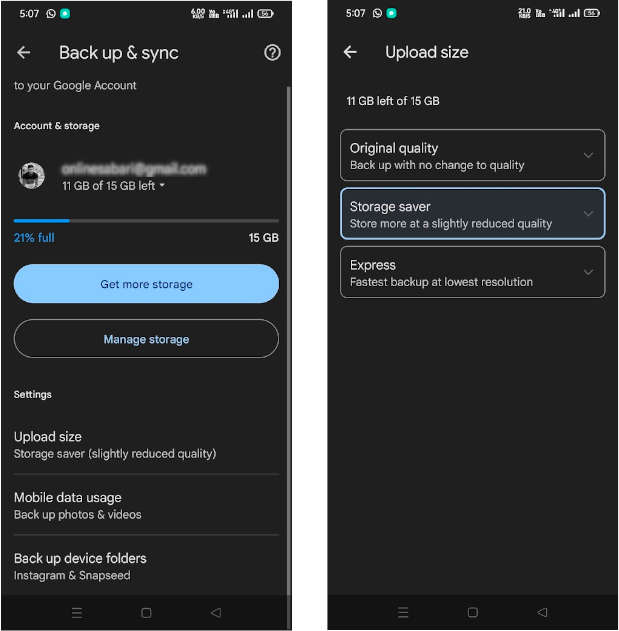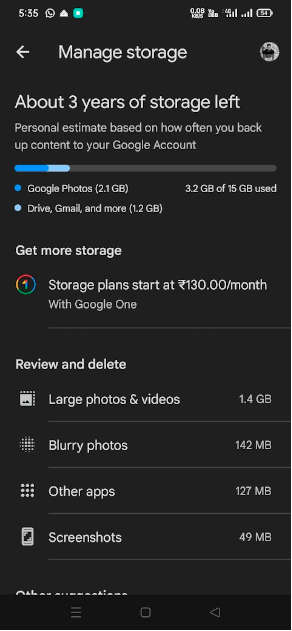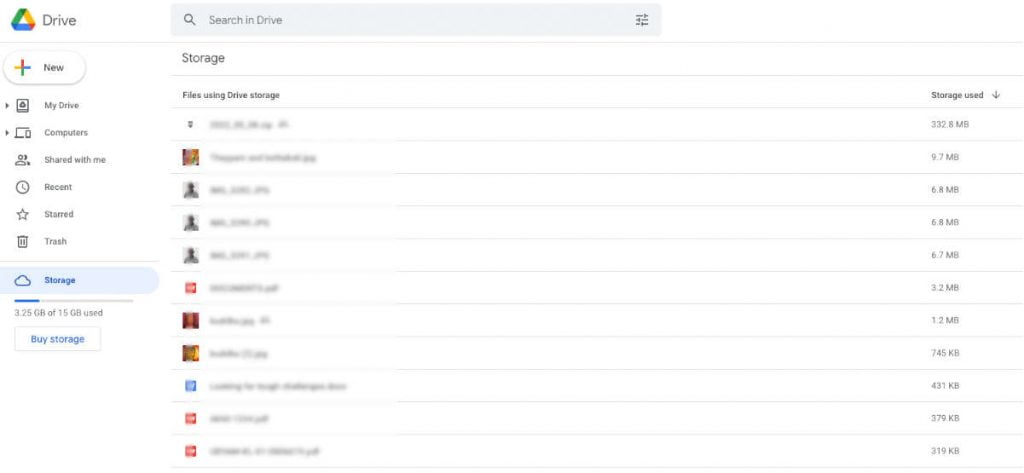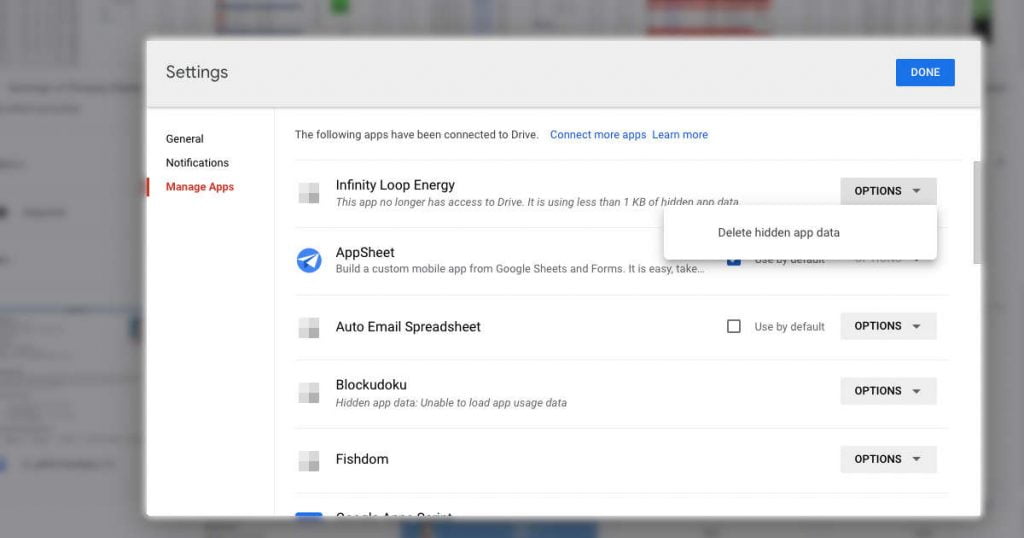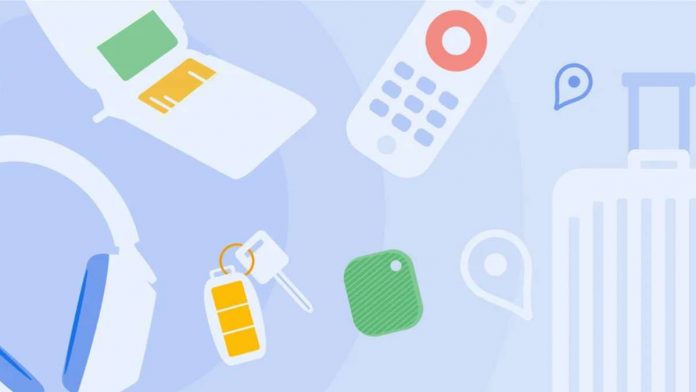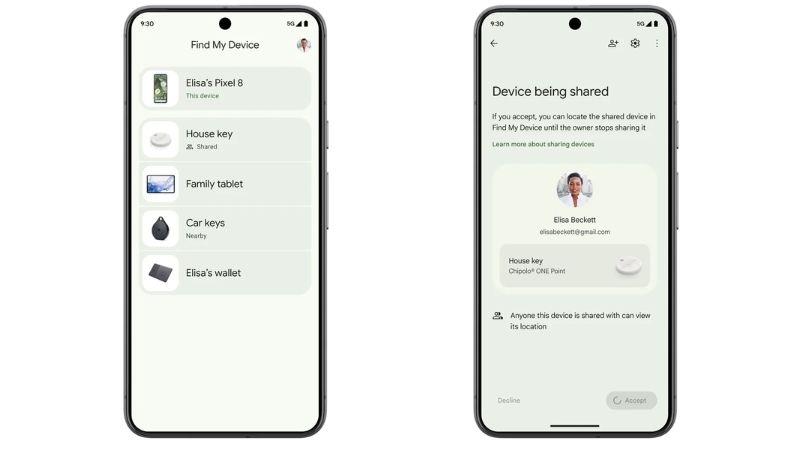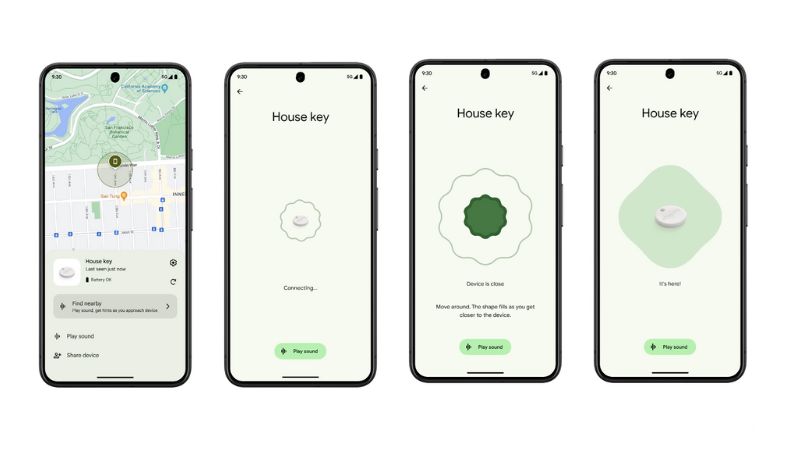In the world of retail, successful merchandising is key to attracting shoppers, boosting sales, and fostering brand loyalty. Whether it’s eye-catching window displays or strategic product placements near checkout counters, every merchandising aspect plays a significant role in shaping customer behavior. By using the right retail merchandising strategies, you can set your business apart from others. Standing out is crucial because the competition is fierce, and most retailers bring their top game. So, in this article, we will understand retail merchandising and its components that can drive revenue and elevate the shopping experience.
What is Retail Merchandising?
Successful retail merchandising is like the art of setting the perfect stage for products in a store, making sure each item is not just seen but also sings its own unique tune to shoppers passing by. It’s a blend of science and creativity, where the layout, design, and placement of products are meticulously planned to catch the eye, spark interest, and, ultimately, coax a wallet out of a pocket. Think of it as the silent salesman who whispers, “Hey, take a closer look!” every time you stroll through the aisles.
At its core, retail merchandising focuses on maximizing product attractiveness and accessibility to boost sales. It involves everything from setting up eye-catching displays and arranging products in a way that makes sense to the shopper to ensuring the store itself is navigable and inviting. It’s not just about piling products on a shelf; it’s about telling a story with those products, creating an experience that resonates with customers and encourages them to engage, explore, and, most importantly, purchase.
In a nutshell, retail merchandising turns a simple shopping trip into a journey of discovery, ensuring every product has its moment in the spotlight and every shopper leaves feeling like they’ve found exactly what they didn’t even know they were looking for.
Components of Retail Merchandising
Captivating Window Displays
One of the things that grabs a customer’s attention is an alluring window display. A well-crafted window showcase not only exhibits products but also sparks interest and intrigue among passersby. By incorporating props, hues, and thoughtfully arranged items, retailers can entice customers to step inside the store. It’s crucial for retailers to regularly refresh their window displays to keep them engaging and appealing for repeat visitors.
Thoughtful Store Layout
Once a shopper enters the store, guiding them through a well-thought-out layout is essential for an efficient shopping journey. Placing items towards the back of the store encourages customers to browse through products, potentially leading to impulse buys or extended browsing time. Additionally, having product categories with signs can help customers navigate the store more easily.
Product Placement and Arrangements
Where products are placed in a store can greatly impact sales. Retailers should consider placing items and considering which products complement each other to encourage customers to make additional purchases. For instance, having dip sauces near snack items could prompt shoppers to pick up both chips and sauces they may not have initially planned on buying.
Effective Signage
Using simple signs can catch the attention of customers by informing them about promotions and discounts or guiding them to areas in the store where they can find what they’re looking for quickly (such as “New Arrivals” or “Seasonal Specials”). Eye-catching signage placed strategically helps ensure that customers notice information, which could potentially lead to increased sales.
Sensory Branding
Creating a sensory experience can form an emotional bond with customers, making their shopping trip more memorable. Retailers can experiment with elements like pleasant smells, calming music, and visually appealing displays that align with their brand identity. Thoughtfully incorporating elements that engage the senses helps involve customers in the shopping atmosphere and reinforces a connection with the brand.
Strategic Placement of High-Profit Items
Strategically positioning high-profit items at eye level increases the chances of engaging customers. Products placed at eye level on shelves are more likely to catch the attention of shoppers compared to those displayed either too high or too low. Eye-catching displays near checkout counters can prompt purchases as customers wait in line.
Practical Display Solutions
It is crucial for retailers to invest in shelving solutions. Durable shelves capable of holding items allow for product presentation while maintaining safety and aesthetics. Adjustable shelves provide flexibility for retailers to modify display layouts based on inventory changes while ensuring a look throughout the store.
Promotional Displays
Promotional displays are drivers of sales success, highlighting arrivals, limited edition products, or discounted offers prominently within the store environment. Placing displays near high-traffic areas enhances visibility and encourages spontaneous purchases from interested shoppers.
Focus on Bettering Customer Experience
Creating a satisfactory shopping experience is vital for customer satisfaction. Fostering loyalty towards a retail brand in the long run. Elements such as informed staff offering assistance, clear signage for easy navigation through aisles, and maintaining a clean store environment collectively contribute to an overall positive perception among customers. Creating a welcoming shopping environment boosts customer satisfaction and encourages them to return for more visits, enhancing their shopping experience.
Prioritizing Customer Needs in Merchandising
Understanding and catering to the preferences and requirements of customers is vital for a merchandising strategy. By analyzing customer data like buying habits and demographics, retailers can gain insights into their target audience. Customize their merchandising approach accordingly. This understanding of customer behavior enables retailers to make choices about product selection, pricing, and placement to optimize sales opportunities.
Infusing Creativity into Visual Merchandising
Injecting creativity into merchandising can differentiate a store from its competitors. Retailers can experiment with displays that incorporate props or decor elements that resonate with their brand’s identity. Creative visual merchandising captures attention, evokes connections with customers, and leaves a memorable impact on them. What’s more, they can give your business the boost it needs to capture more attention via offline or digital marketing.
Seasonal Merchandise Alignment
Another aspect of successful retail merchandising is syncing merchandise with trends and special occasions. By integrating themes or holiday-specific promotions, retailers can leverage customer anticipation. Capitalize on heightened spending during these periods. Adapting store aesthetics based on the season not only draws in customers but also cultivates a sense of timeliness.
Streamlined Inventory Management
Efficient inventory management is key to optimizing merchandising endeavors. Retailers need to keep their inventory records accurate, check stock levels regularly, and reorder products promptly to prevent running out of stock or having inventory that can lead to lost sales or higher costs.
Data Analytics for Decision-Making
Utilizing data analytics is crucial for making decisions about merchandising strategies. By analyzing point-of-sale data, retailers can identify top-selling items as well as products that are not performing well. This analysis also provides insights into customer behavior, like shopping habits, demographics, purchase patterns, and average transaction values. Armed with this information, retailers can adjust their product offerings, negotiate deals with suppliers, and predict trends.
Omnichannel Merchandising
In today’s era, successful retail merchandising goes beyond stores. Implementing an omnichannel approach ensures a shopping experience across platforms such as online marketplaces, social media platforms, and mobile applications. Consistency in how products are presented online, pricing strategies are applied, and promotions are run is essential for engaging customers through different channels.
Interactive Displays and Technologies
Interactive displays and technologies enhance the shopping experience by enabling customers to interact actively with the merchandise on offer. Features, like kiosks and virtual reality experiences, help shoppers visualize products effectively, ultimately boosting their confidence when making purchase decisions. Integrating fun elements into spaces can create a memorable and immersive atmosphere that entices customers to spend more time exploring the products on offer.
Sustainable Retail Practices
With the increasing consumer focus on sustainability, retailers have the opportunity to set themselves apart by adopting eco-merchandising practices. This involves utilizing materials for packaging and displays, opting for energy-efficient lighting systems, and highlighting sustainable product choices through clear labeling or dedicated sections in stores. By aligning with customers’ values on sustainability, retailers can attract consumers who value ethical businesses.
Rotating Merchandise and Seasonal Updates
Regular merchandise rotations and seasonal updates are essential to keep the environment dynamic and engaging. A vibrant display featuring arrivals, seasonal items, or exclusive collections keeps customers interested during each visit. Effective coordination among store teams is key to achieving impact. Refreshing displays to reflect changing trends helps retailers avoid a shopping experience. By rotating merchandise, retailers not only encourage impulse buys but also pique the interest of loyal customers who are eager to see what’s new.
In Closing
In summary, successful retail merchandising involves leveraging strategies to capture attention, influence customer choices, and elevate the shopping experience. The interplay of captivating window displays, product placement, appealing signage, sensory branding, promotional setups, and trained personnel all play a crucial role in effective retail merchandising.
Retailers who invest in these elements can experience heightened customer interaction, increased sales figures, and a dedicated customer following. With the multitude of factors at play, retailers must regularly. Adjust their merchandising tactics, taking into account the evolving needs and preferences of their target. It is this dedication to improvement that distinguishes retailers and ensures sustained growth in the long term.







